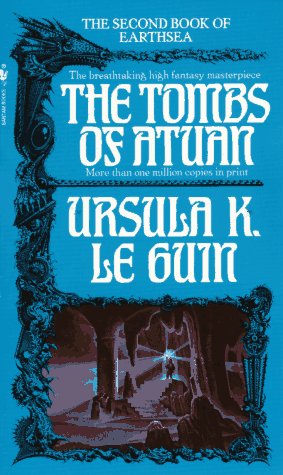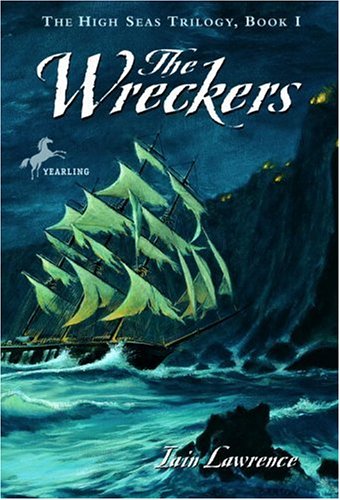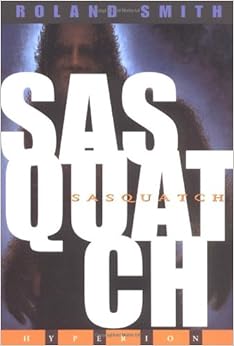A young woman named Keturah wanders alone into the woods, pursuing a mysterious hart that enchants her. She ends up lost and, after several days, sees a man approach her. This man, she knows, is Lord Death, and she speaks with him, trying to win herself more time. Something about Keturah charms Lord Death, and he pleads with her to sacrifice the life of another from her village, Tide-by-Rood, so that she can live. But Keturah is too selfless to allow that to happen. She instead goes for another tactic. She begins to tell Lord Death a story about love, a story that's very much about herself, but she refuses to end it. She strikes a bargain. She will finish the story if only Lord Death allows her another day. Lord Death ups the ante. If she can find true love, of which he is doubtful, he will allow her to continue her life. If not, he will take her as his bride.
Keturah has other motives than her own survival. From her conversation with him, she learns that her entire village will be wiped out by the plague. She needs to warn Lord Temsland so that he can take steps to prevent the plague from setting a foothold in the village. When she returns to the village, she finds many of the villagers suspicious of her. They believe she wandered into the company of fairies and many have begun to avoid her company. Her grandmother, who she lives with, is of course happy to have her back. And only her two friends, Beatrice and Gretta, learn the truth, and they're happy to help Keturah find her true love. Of the matter of the plague, Keturah decides not to tell her friends, but she attempts schedule a one-on-one meeting with Lord Temsland's son, John, in order to tell him.
Many of the characters in the novel have one special trait that helps identify them, but author Martine Leavitt provides added depth to each character as well. Beatrice is a great singer, and Gretta does a great job of stitching. Keturah believes Beatrice would be happy if she married Choirmaster, a lonely man, while Gretta would be happy with Tailor, a widowed man with children. However, both Beatrice and Gretta insist on those men being Keturah's true love. There is also Ben Marshall as a possible suitor, but to win his heart one has to win Best Cook. The best cook in Tide-by-Rood has always been Padmoh, who Keturah believes is better suited to Ben, but she also realizes he may be the easiest to win her way out of an early death if she can only wow the judges at the fair. The one man Keturah doesn't think of as her potential true love, however, is probably the one who's the most obvious match for her - the kind John Temsland.
In the end, there are really only two choices for Keturah's true love, and you'll probably guess who those two are pretty early on, but who she'll end up with is another matter. Of course, who Keturah will end up with isn't the sole point of the novel. Keturah is such a strong character because she isn't wholly concerned about love. She has concerns about the well-being of her friends and of her fellow villagers. She's a strong, fearless person, a beautiful woman who is more than just a beauty. She knows how to tell stories so fascinating as to woo Lord Death. She's smart, and despite all these qualities, she isn't conceited or self-centered. I know what you're thinking, she sounds just the opposite of so many young adult heroines out there, and that's partly what makes this such an engaging story.
This is a very powerful read, and as you reach the end you realize it's much more than about a girl seeking true love. In personifying death as a man, Leavitt leads us to consider one's relationship with death and coming to terms with death as an inevitable part of our lives. Part of what inspired her to write this story, as she writes in her Afterword, is that her own sister died at the age of eleven. The love and sorrow that Leavitt feels for her sister translates on the page in the form of Leavitt's powerful, evocative language. The amazing thing about the story is that one can read it as a straight romance and still feel the power of the story just as much as one who reads it as an allegory. To achieve what Leavitt does in this book is a difficult, impressive, and very satisfying accomplishment.




